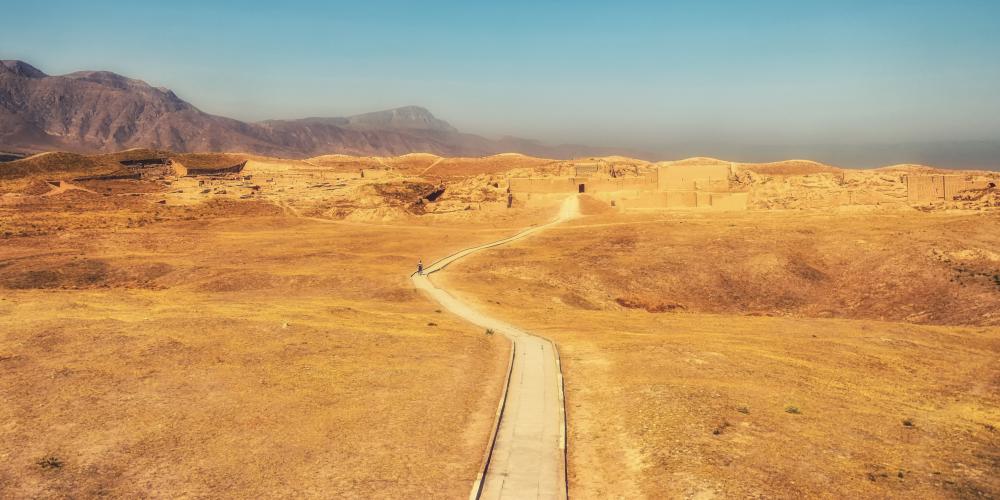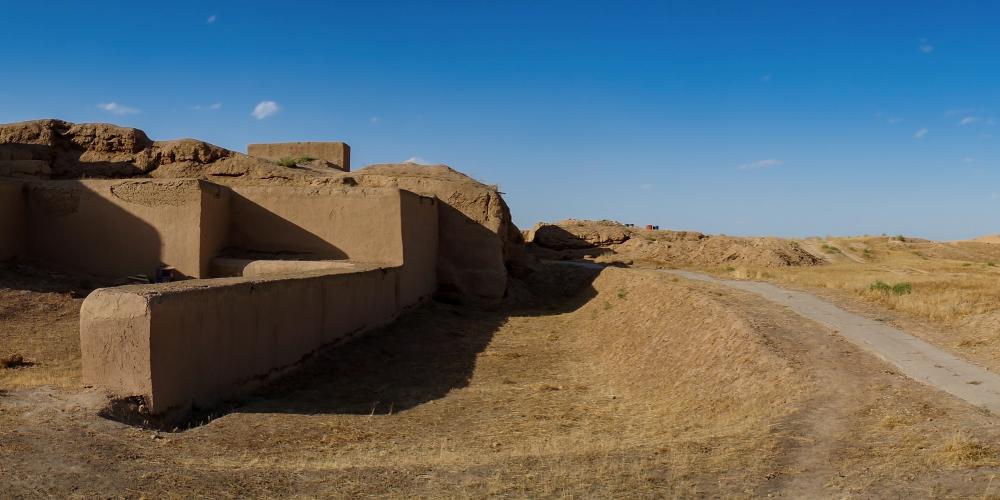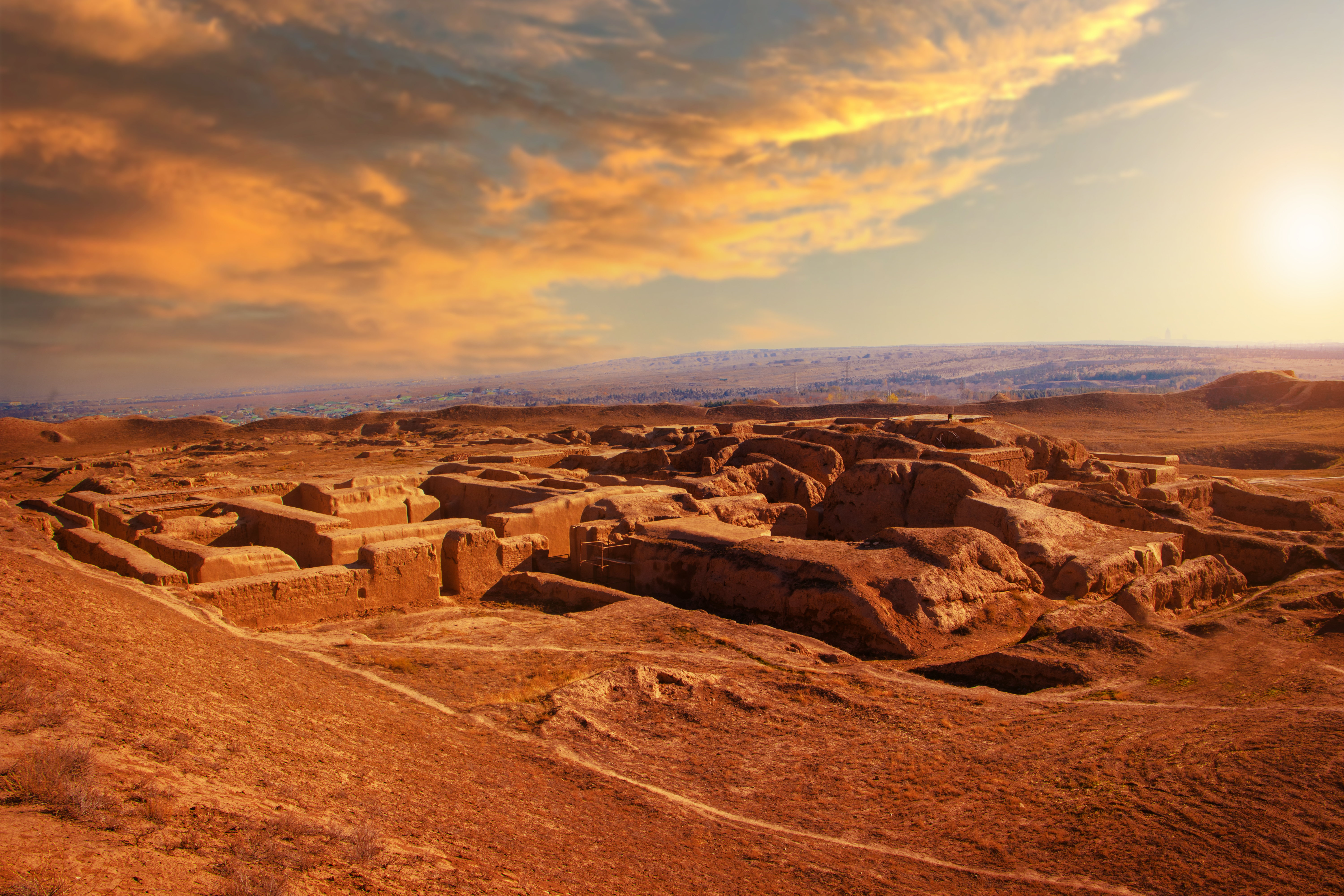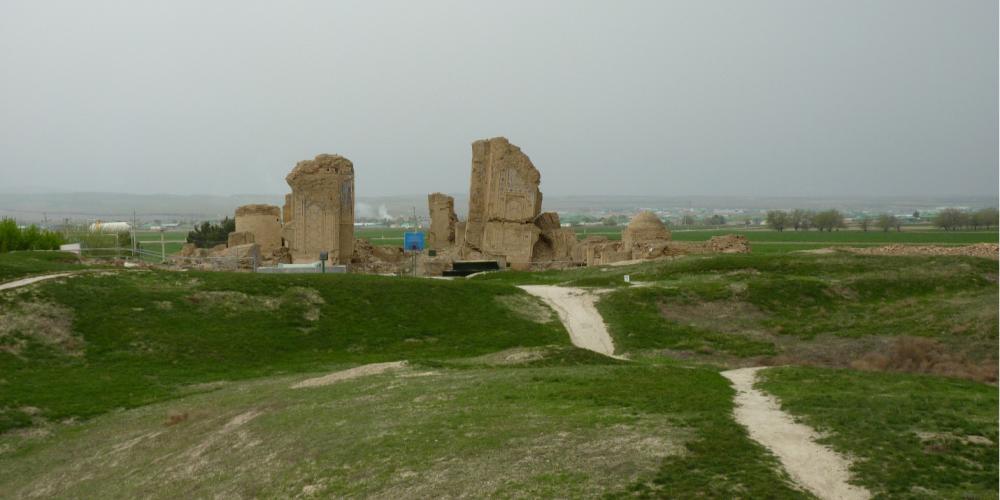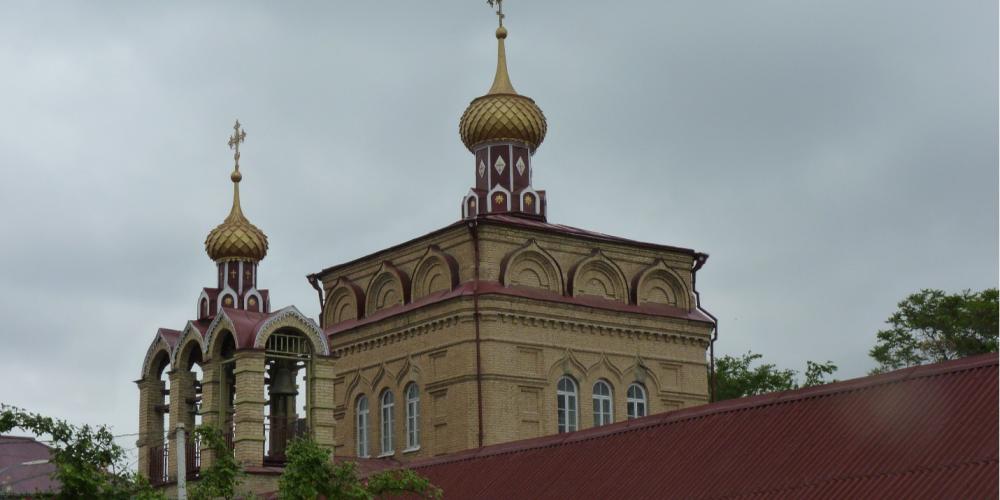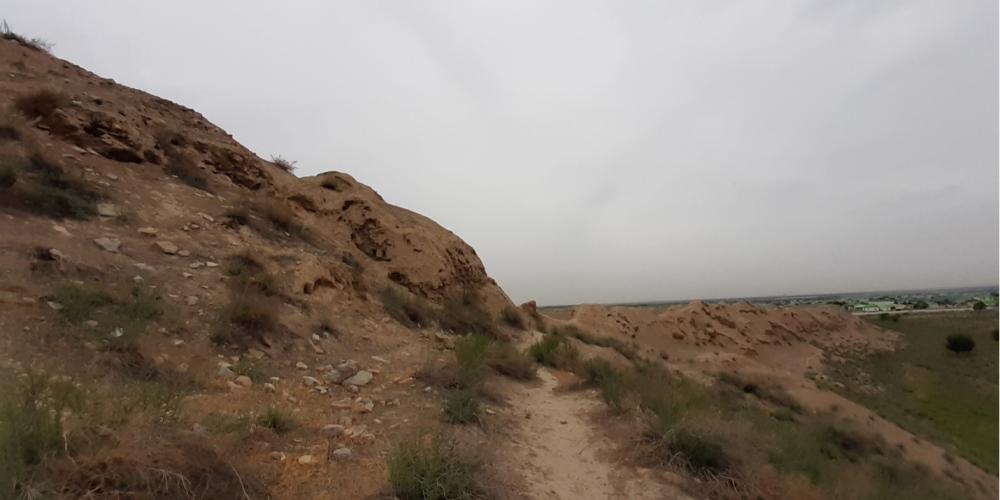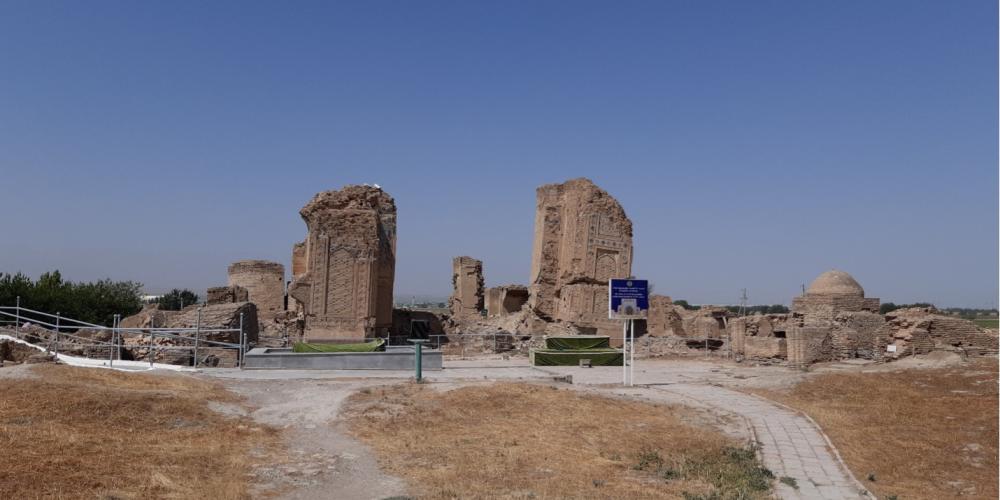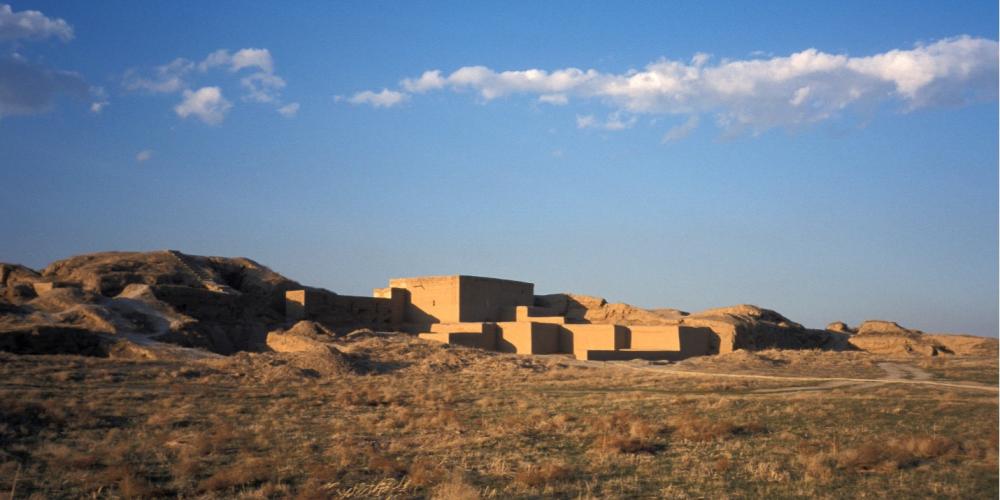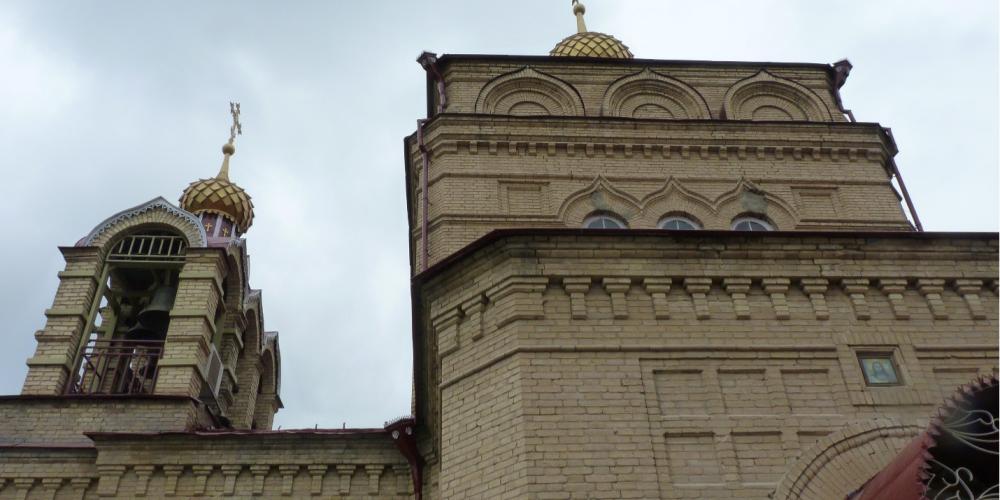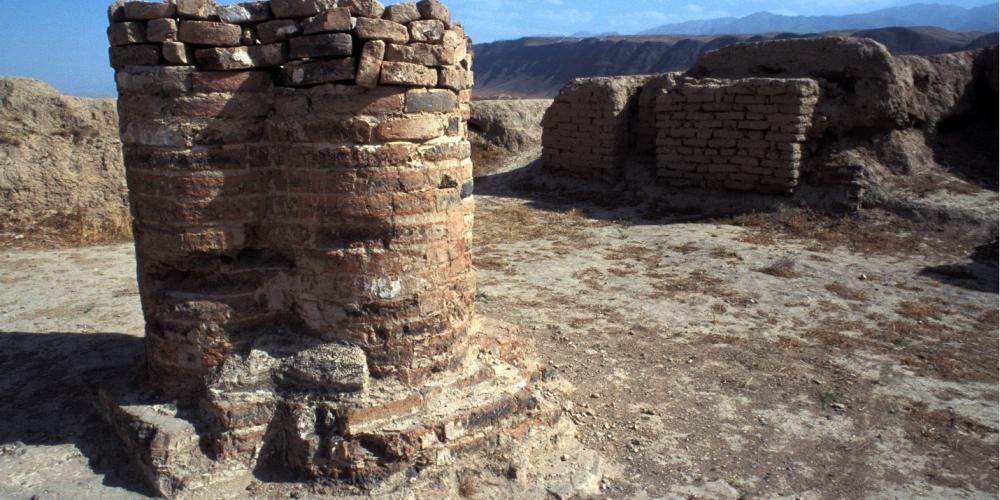Parthian Fortresses of Nisa

As the Roman Empire rose, it seemed as though little could stand in its way as its great armies expanded its territory in every direction. But to the east, there was a civilisation powerful enough to be unconquerable by mighty Rome: the Parthian Empire, which emerged in the middle of the 3rd century BC and would rule over much of the region until 224 AD. While resisting the Romans, it expanded its domain to cover all of modern Iran and Iraq and parts of Turkey, Pakistan, and Afghanistan.
One of the most important capitals of the Parthian Empire was Nisa, in what is now southern Turkmenistan. Situated at the crossroads of important commercial and strategic axes, Nisa was a major trading hub that dominated this region. It also served as an important communication and cultural centre between east, west, north, and south. It grew into a lavish city full of religious and political monuments. While the residents of Nisa lived in dwellings around the city, a great citadel was built for the rulers.
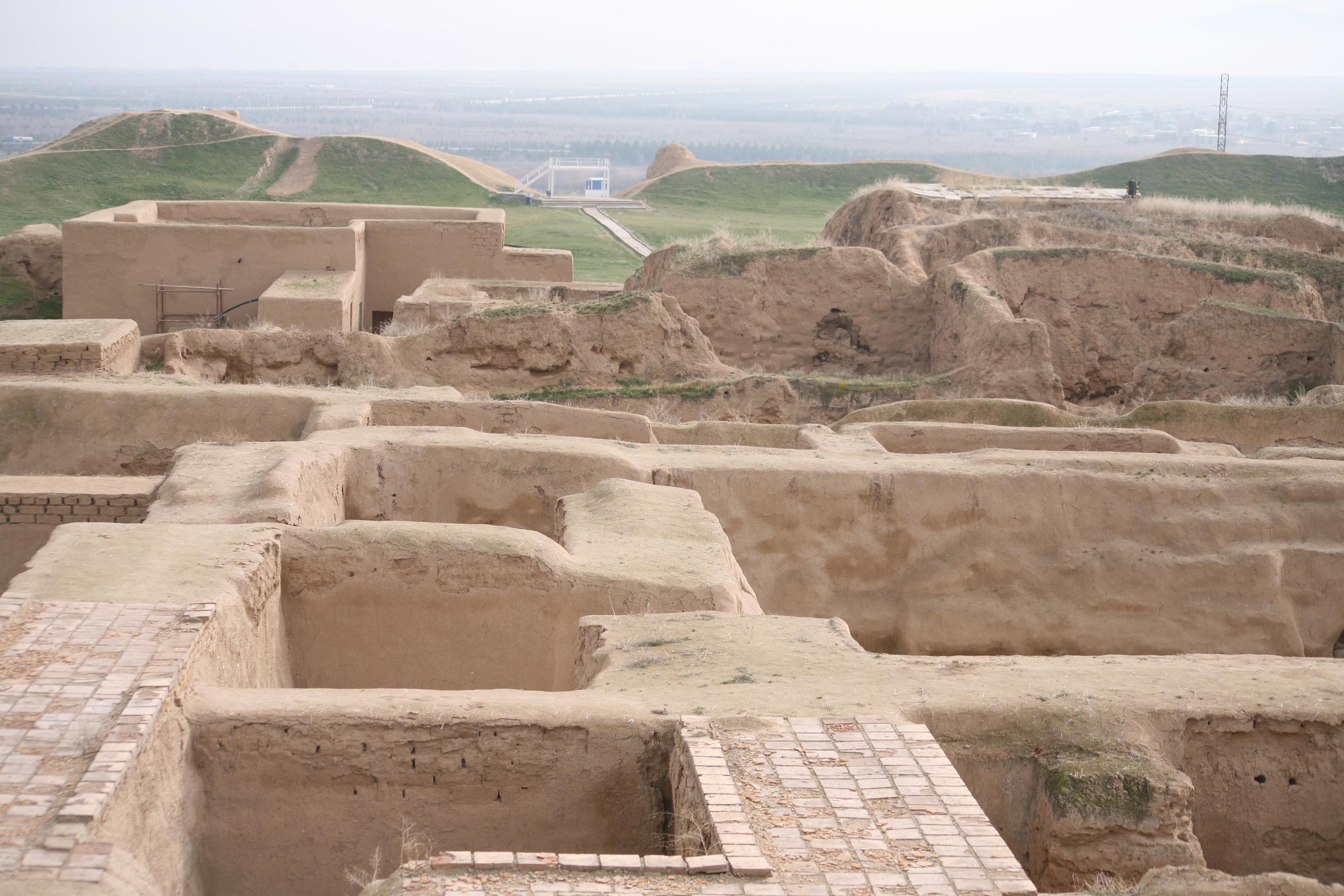
Today, the Parthian Fortresses of Nisa consist of two large artificial hills covering ancient ruins, known as Old and New Nisa, indicating the sites of two different stages of the city's development. They conserve the remains of the ancient civilisation, much of which is still to be excavated. We do know that Old Nisa once contained a fortress with 43 towers, a royal palace, and some temples. Today there are mounds broken up by excavation pits, the mud-brick remains of two Zoroastrian temples, kitchens, and a treasury, along with a courtyard house with a wine cellar and circular chamber believed to have been a ritual site of a Zoroastrian temple. Artefacts unearthed at the site are now in the Turkmenistan National Museum.
History & Today
Visiting the site gives you a fascinating insight into the powerful history of Nisa and the Parthian Empire more broadly. The city is an outstanding symbol of the significance of this imperial power, and the archaeological remains illustrate the significant interaction of cultural influences from Central Asia and from the Mediterranean world.
The architecture of Parthian Nisa is comparable to other complexes of the same period, with square buildings surrounded by corridors, courtyard buildings, and a round hall. However, a detailed study of the remains reveals specific combinations of architectural styles, with the wide use of Hellenistic elements, such as the ancient Greek architectural order system and the inclusion of classic sculptural elements. The royal fortress-city of Old Nisa comprised palaces, temples, and tombs.
Archaeological work in the two main parts of Nisa has revealed richly decorated architecture illustrative of domestic, state, and religious functions. As you explore the site, you'll be able to see the foundations of the buildings that have been excavated and walk in the same rooms as the rulers of the Parthian Empire two millennia ago. Much of this ancient city is still underground, waiting to reveal its mysteries, but we have already made significant discoveries. Many of the items found here show influences from Ancient Rome and Greece, demonstrating the significant cultural exchange that took place here from Central Asia to the Mediterranean.
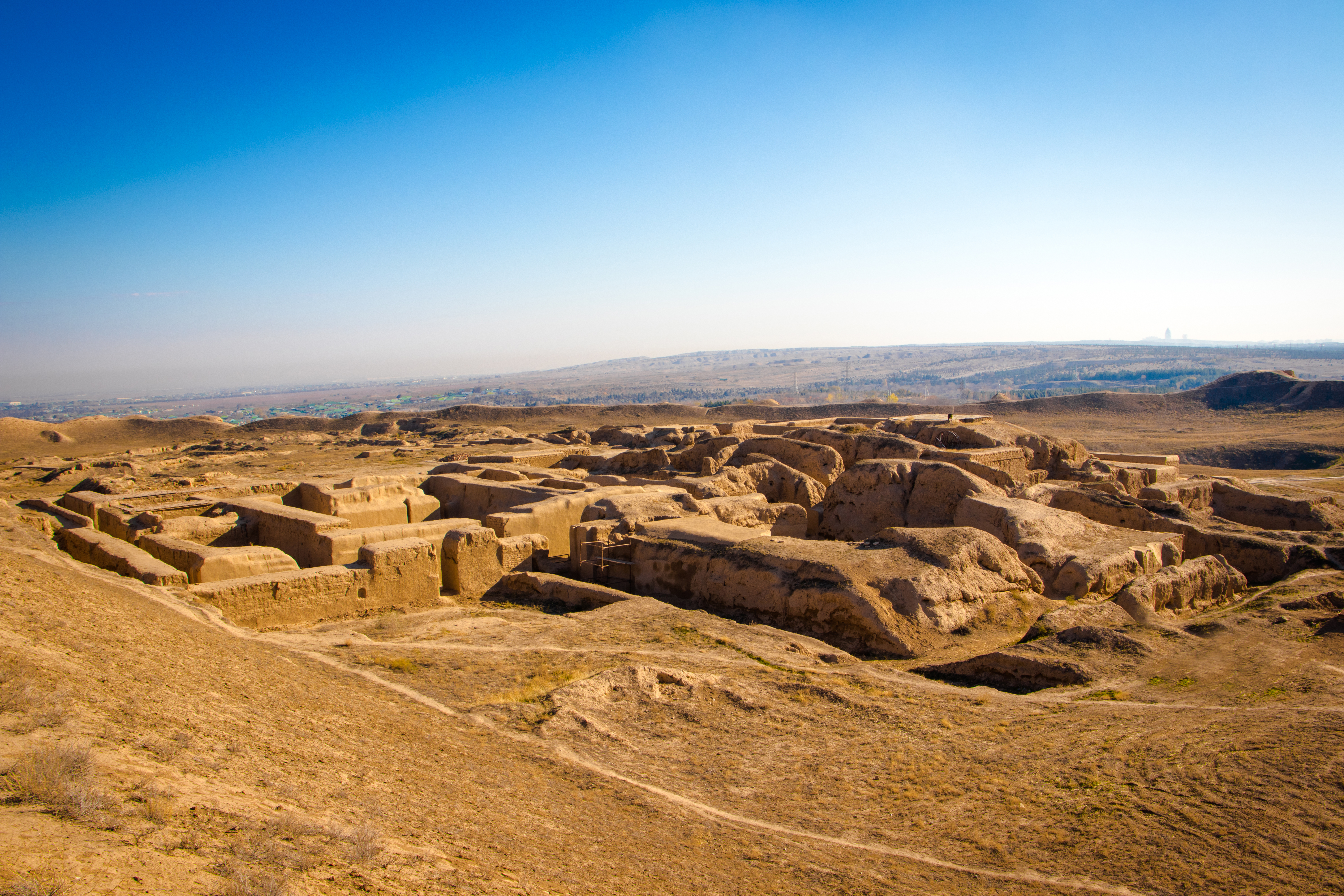
Objects found in Old Nisa also depict the exposure of this empire to other Oriental and Western cultures. The antique art of Turkmenistan, which reached a high degree of sophistication during the Parthian Empire period, reveals the complex intermixing of different world cultures in this area. At the crossroads of history, the art found here merged the best features of ancient local traditions with Hellenistic and Roman influences.
With its tell surrounded by high defensive earthen ramparts and its impressive palace complex, the ancient Parthian city of Old Nisa is one of Turkmenistan’s most significant cultural sites. Low development and use over the years have helped to preserve the site. Two notable hills enclosed by defensive ramparts are still independently visible, and the antique cultural landscape marked by the massive piedmont of the Kopet Dag has not changed fundamentally since the Parthian period.
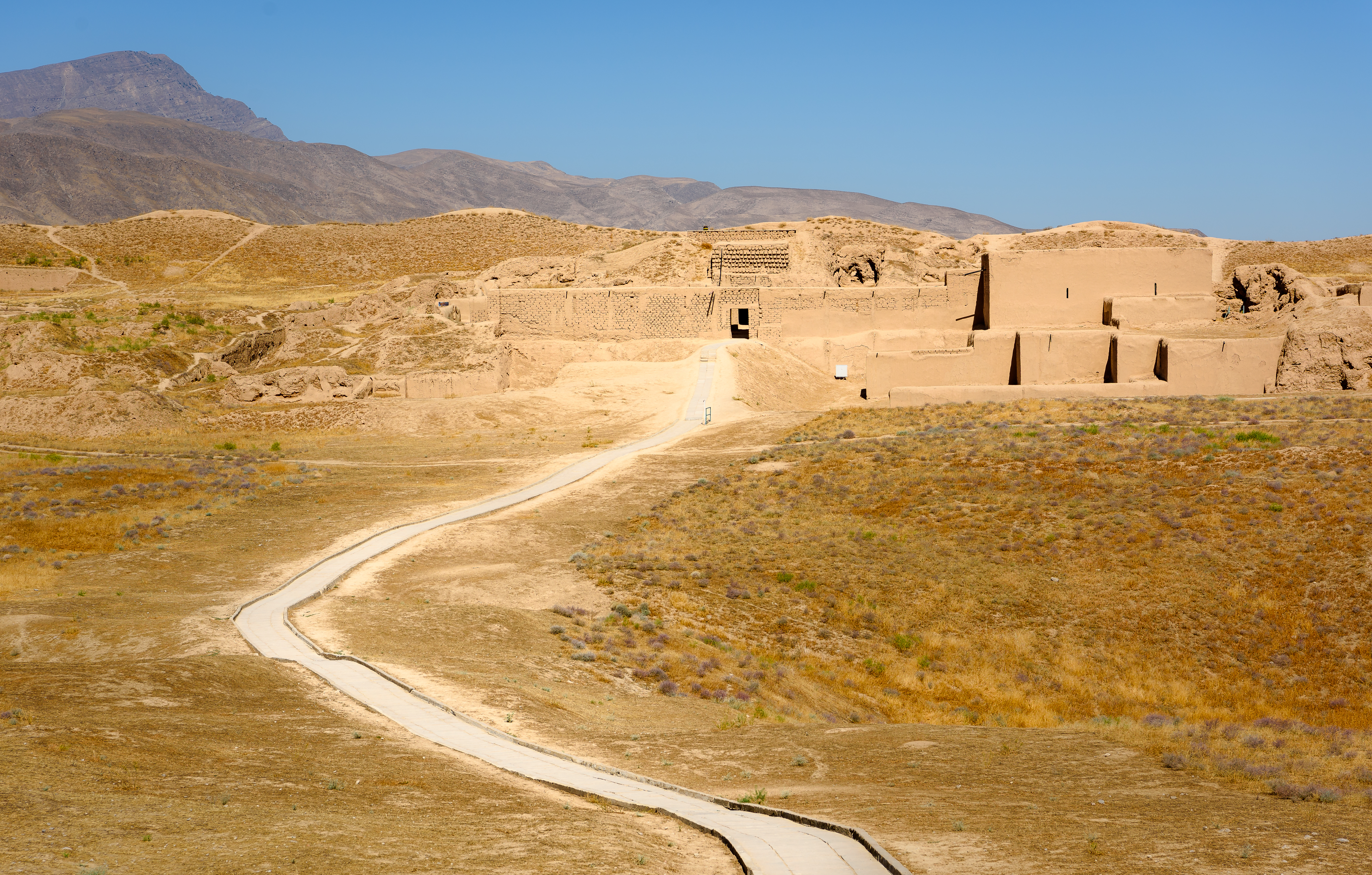
Parts of Nisa Complex
There are many things to discover in Nisa, as part of a guided tour. Here are some parts of the complex to discover:
- Archaeologists have also only recently discovered the Red Structure in the South Complex. It is also a square hall with four columns that is surrounded by elongated rectangular rooms. The structure’s northeast façade takes the shape of a wide columned portico (iwan). The Red Structure gets its name from its many painted red plaster walls.
- The Tower-shaped Structure undoubtedly dominated the entire complex and was at least 15 metres high. Its façades were decorated architectural forms (mostly made from fired brick) and colorful wall paintings featuring battle scenes. The specific function of the Tower-shaped Structure has not been established and remains a mystery. It is made of adobe bricks and is encircled by two rows of corridors.
- The southeast and northeast corners of the structure consist of large rectangular towers. There was possibly a similar tower in the northwest corner of the structure, but this has not been archaeologically confirmed. Adjacent to the structure’s southeast corner is the huge square with a Round Hall. The entrance to the Tower-shaped Structure was located in the northern façade and was decorated with a columned atrium facing the site’s central square.
- The Northeast Structure stands immediately adjacent to the Structure with a Square Hall and comprises two large courtyards, three atriums with two covered walkways, and several auxiliary rooms. This is the least explored and least-preserved part of the central complex of Old Nisa. It is commonly described as a palace or as a special dining facility that was used for ritual feasts.
Archaeological work in the two main parts of Nisa has revealed richly decorated architecture, illustrative of domestic, state and religious functions. As you explore the site, you'll be able to see the foundations of the buildings that have been excavated and walk in the same rooms as the rulers of the Parthian Empire two millennia ago. Much of this ancient city is still underground, waiting to reveal its mysteries, but we have already discovered so much. Many of the items found here show the influences from Ancient Rome and Greece, demonstrating the significant cultural exchange that took place here from Central Asia to the Mediterranean.
How to get there
If you are on a tourist visa, you will most likely be traveling in a 4×4 with your tour guide while visiting Turkmenistan. Nisa is situated 12 km to the southwest of Ashgabat (the current capital of Turkmenistan), an approximately 20–30 minute drive. The site is open daily from 7:00 am to 6:00 pm.
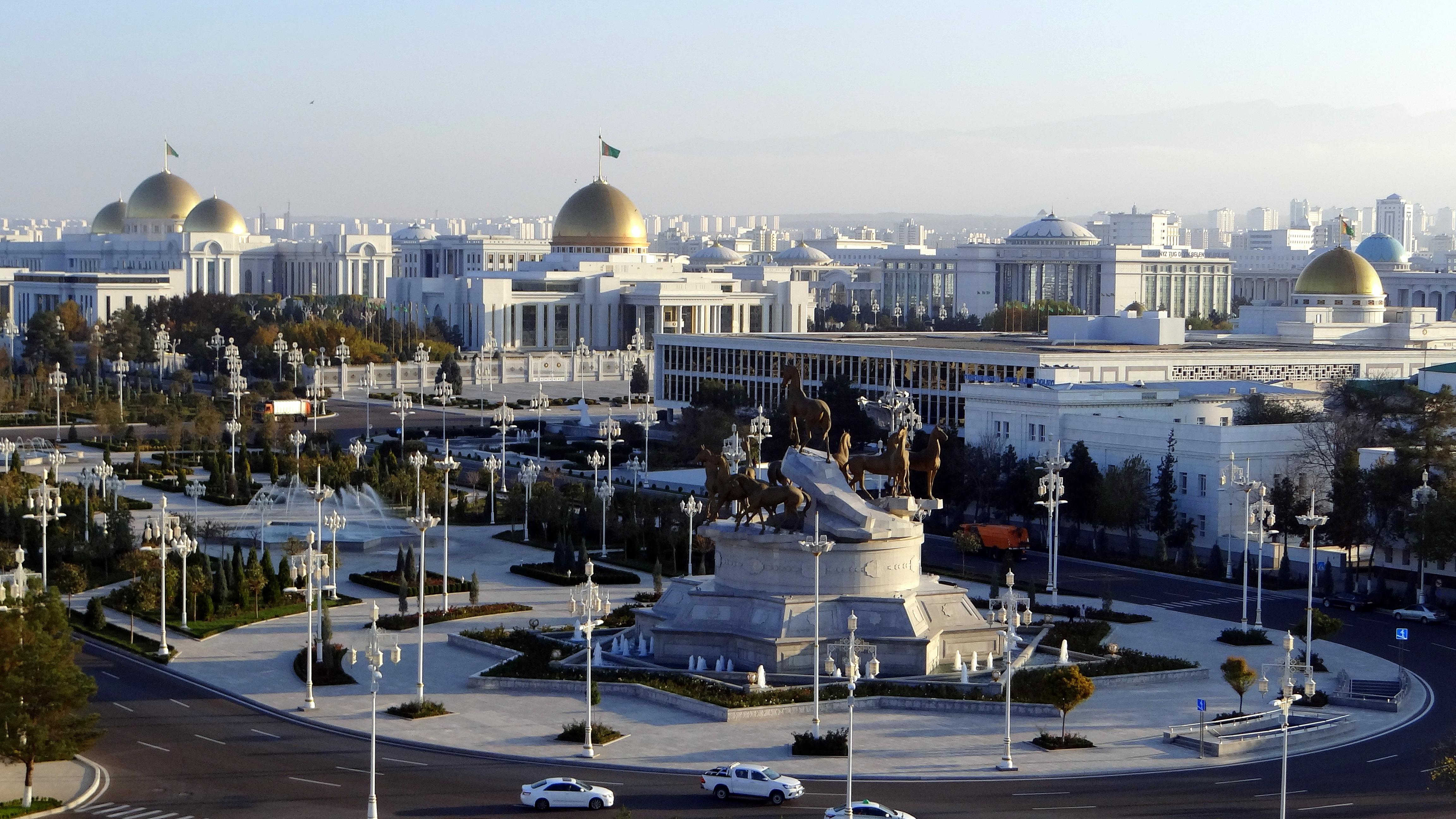
Ashgabat is the only city with international flights in and out of Turkmenistan. Turkmenistan Airlines still does not use online booking, so if you are flying with them you must buy your tickets through an agent.
For independent travelers without their own means of transport, this leaves the train or a (shared) taxi. Some buses also exist. All three are inexpensive and relatively comfortable ways of getting around Turkmenistan. Minibuses and taxis leave when full, while large buses leave according to a timetable.
In cities, taxis or buses will take you around. Winter has little effect on the transport system in Turkmenistan.
Entrance fee – $6
Excursion fee – $6
Permit for taking photos – $3
Permit for filming– $6
